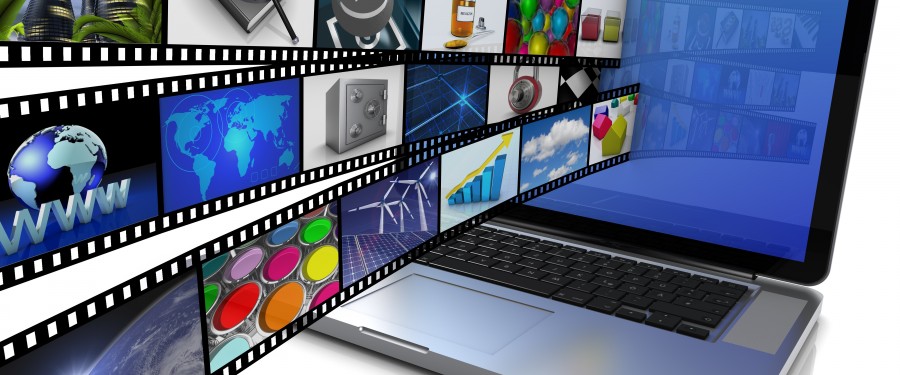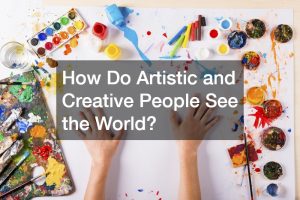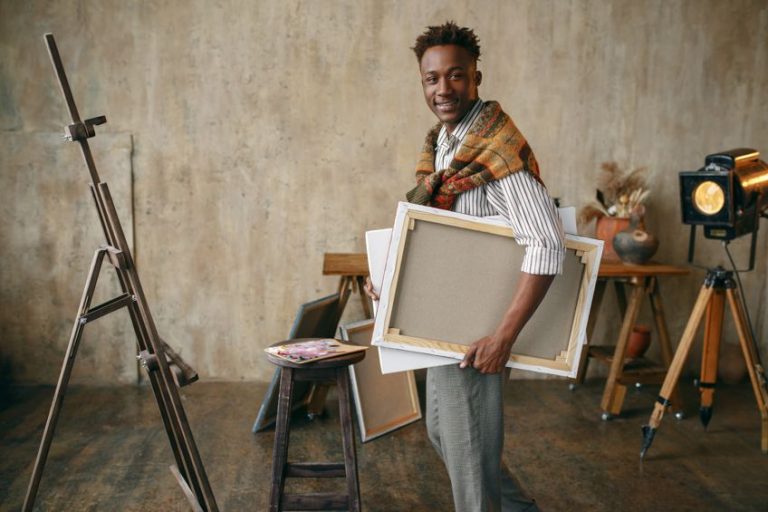The term “media arts” has become increasingly popular today. It encompasses a wide range of artistic practices that use new digital and interactive media as their primary means of expression. Media arts exist in many forms, from animations to virtual reality.
While the creative possibilities of media arts are potentially endless, they all have one thing in common: they enable people to communicate and tell stories using digital technology. This has made media arts an invaluable tool for creators and innovators across different disciplines. They can use media arts to create powerful visuals that bring their ideas to life, shaping and influencing how people perceive the world around them.
Read on to learn more about the importance of media arts in society, its potential impact on culture, and how people harness its power to create stories that make their audience laugh, cry, and think.
What are Media Arts?
Definition of Media Arts
As stated, media arts is an umbrella term for a wide range of artistic practices that use new digital and interactive media as their primary means of expression. This may include filmmaking, animation, game design, 3D modeling/rendering, virtual reality (VR), augmented reality (AR), audio production (i.e., podcasting), web design and development, and many more.
Media arts also encompass forms of expression like visual art, photography, and videography. Anything involving technology to create a unique experience or convey an idea can be considered media arts. But what makes media arts unique is its reliance on interactivity and user engagement to tell an engaging story.
Historical Evolution

Media arts is rooted in the historical development of photography and cinema. These two mediums revolutionized the art world by making capturing and sharing images with a broader audience easier while introducing new ways to tell stories.
Photography started to take off in the 19th century, with early photographers experimenting with different techniques and methods, such as double exposure and composite images. Cinema was born shortly after the Lumière brothers invented the cinematograph, a device that allowed for the simultaneous shooting and projection of motion pictures.
Media arts underwent rapid transformations with the advent of television and video technology in the mid-20th century. The introduction of digital technologies and the internet in the early 1990s further revolutionized media arts as more people began to explore different ways of creating art with technology.
Today, the world is seeing an explosion of new media technologies, enabling people to create innovative and interactive experiences for audiences worldwide. This includes virtual and augmented reality, 3D animation, and immersive storytelling.
Key Elements and Techniques
When it comes to media arts, storytelling is one of the key elements. It enables creators to tell stories in a visually engaging and thought-provoking way, using techniques like cinematography, animation, sound design, and interactive programming.
Cinematography is an important part of any media art project as it involves framing shots and angles for maximum visual impact. It also helps to create atmosphere and emotion, setting the tone for a piece of work.
Animation is another vital technique in media arts, allowing creators to bring stories and characters to life. Animators use software like Adobe After Effects or Maya to create stunning visuals that range from 2D cartoons to animated 3D models. They can also use motion graphics to enhance on-screen characters and environments.
Sound design is an essential part of the media arts, as it helps to create a unique atmosphere and bring stories to life. From sound effects to music, sound design plays an important role in creating a sense of tension and emotion. It can also help to set the mood of a piece and inform viewers about a character or an event.
Finally, interactive programming is used for designing engaging interfaces that allow users to interact with the content. It involves coding and scripting languages such as HTML, JavaScript, and Python to create responsive websites, apps, or games.
Perks Of Choosing Media Arts
There are many benefits to pursuing media arts as a career. Anyone can get involved in media arts regardless of background, so it is an excellent option for people with diverse skills and interests. Here are some of the main advantages of working in media arts:
Creativity and Expression
The most obvious perk of choosing media arts is allowing artists to express their creativity and imagination in ways that weren’t possible before. With the help of digital technologies, creators can bring their ideas to life through stunning visuals, captivating sounds, and interactive experiences.
Media arts offer an unprecedented platform for personal expression. Artists can use various digital mediums like photography, videography, animation, and VR to create unique and powerful works.
Versatility and Flexibility

Because media arts involve a wide range of digital disciplines, artists can explore different avenues and find the right fit for their skills. Whether one is interested in creating video games, short films, or virtual reality experiences, there are plenty of opportunities within the field. Furthermore, media arts practitioners can work with clients on custom projects or collaborate with other professionals from related fields like programming or design.
Cutting-Edge Technology
With the introduction of new technologies like VR, AR, and AI, media arts are being pushed to the forefront of modern culture. Artists now have more tools than ever to create stunning visuals and captivating experiences. They can explore emerging techniques such as motion capture and 3D scanning while experimenting with different software or hardware.
Global Impact
With the help of social media, artists can broadcast their work to millions of people in a matter of seconds. This opens doors to new opportunities for collaboration and exposure, allowing them to reach a wider audience and gain recognition for their work. The potential impact of media arts is limitless, and creators can create content that resonates with people from all walks of life.
Future Scope: Media Arts
Even though media arts is still a relatively new field, its potential impact on society is vast. This is especially true in light of the recent developments in digital technology and the rise of interactive experiences. Here are some of the ways media arts can continue to shape our world:
Technological Advancements

Many professionals believe these technologies are the key to unlocking new forms of creative expression. With their help, artists can create immersive storytelling experiences, interactive games, and virtual worlds. Many of these technologies are still in their early stages, and there is plenty of room for experimentation and innovation. For example, AI-driven technologies like machine learning and natural language processing can open new doors to creating interactive art.
New Media Platforms
More and more people are turning to these platforms to find interesting content, creating a new avenue for artists to showcase their work. When used correctly, these platforms can expand one’s reach and create impactful experiences. From YouTube to Instagram, these platforms are changing the face of media arts. They also provide valuable feedback and insights that can help artists perfect their craft.
Cultural and Social Relevance
Society is constantly evolving, and media arts can play an essential role in reflecting the diversity of perspectives. One of the most important aspects of media arts is its ability to tell stories of different cultures in meaningful and impactful ways. Creators should use this power responsibly to help create meaningful and inclusive conversations.
Career Opportunities
There is no shortage of career opportunities in the field of media arts. Film production companies often hire media artists to create special effects, animate characters, and create backgrounds. Animation studios likewise employ people to create stunning visuals and compelling stories for movies and TV shows.
Advertising agencies also rely heavily on media arts practitioners to design eye-catching visuals and immersive experiences for their clients. Finally, video game development companies always seek talented people to help create exciting and engaging games. Because of the versatility of media arts, employers often look for people with diverse skills and talents.
Conclusion
The dynamic and ever-evolving field of media arts is an invaluable tool for creators and innovators. It allows them to express themselves creatively through various digital mediums, from photography to virtual reality. Media arts also provide many opportunities for career growth and professional fulfillment.
With the help of cutting-edge technologies, artists can create stunning visuals that capture the imagination of audiences worldwide. They can use interactive experiences to tell stories that resonate with people from all walks of life, helping to shape and influence culture. Artists and creators should take advantage of the power of media arts and use it to positively impact society.







